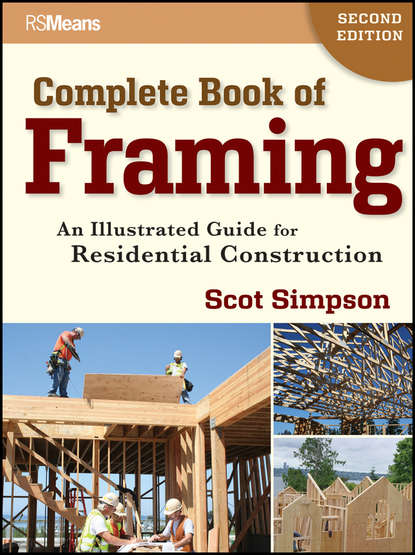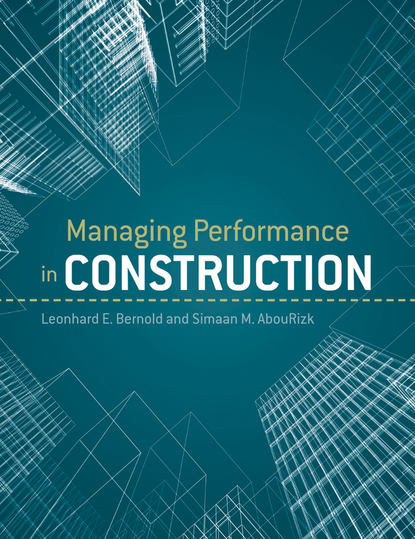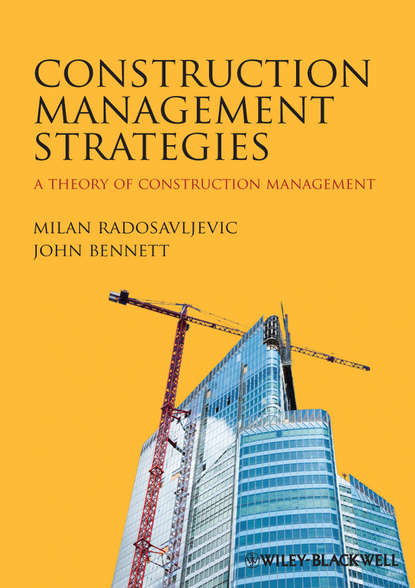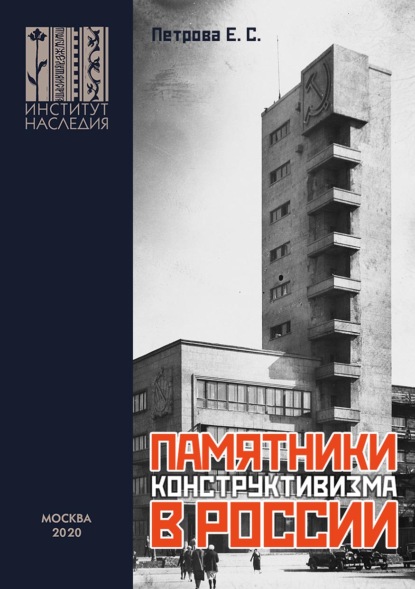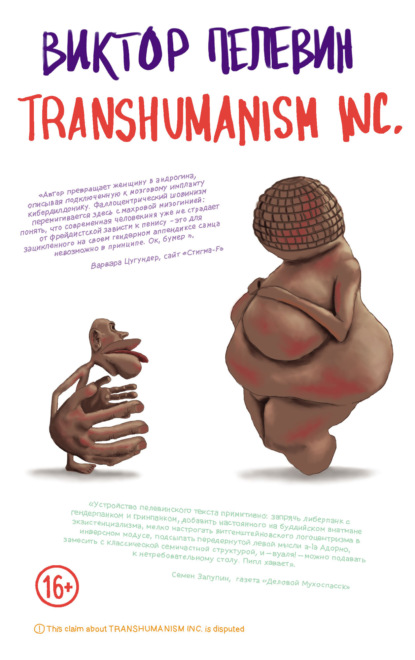"Manual of Construction Project Management. For Owners and Clients" - это книга, написанная в форме списка действий, которая помогает владельцам строительных проектов принимать решения в процессе разработки проекта. Книга разделена на семь этапов, связанных с различными стадиями развития проекта: подготовительный этап, закупки, проектирование, подготовка к строительству, строительство, сдача в эксплуатацию и реализация. Каждый этап состоит из фаз, для каждой из которых необходимо принимать отдельные решения. В начале каждой фазы перечисляются предыдущие решения, а затем указываются исполнители, цель текущей фазы и список действий, которые необходимо выполнить. Каждая фаза заканчивается перечнем ожидаемых результатов и списком действий, которые эти результаты выпускают для действий на следующей фазе.
Книга помогает владельцам строительных проектов контролировать стоимость, качество и продолжительность проекта на каждом этапе. Последовательность семи этапов может быть изменена, чтобы помочь владельцам зданий управлять рисками, выбирая и комбинируя время выполнения этих этапов. Книга написана без привязки к специфическим нормам какой-либо страны, и подробный глоссарий делает ее незаменимой всемирной справочной. "Manual of Construction Project Management. For Owners and Clients" предназначена для владельцев зданий, которые либо сами являются клиентами, либо пользуются услугами профессиональных компаний по управлению строительством. Книга описывает действия на таком уровне детализации, который необходим для выбора задачи управления или метода принятия решения. Цель книги - помочь как владельцам, так и их строительным партнерам понять, чего ожидать друг от друга.
“Manual of Construction Project Management - For Owners and Clients” авторства Jüri Sutt - это руководство по управлению строительными проектами, которое написано в форме списка действий. Оно помогает владельцам в роли клиента принимать решения в процессе развития проекта. Это повышает контроль над стоимостью, качеством и продолжительностью на каждом этапе. Действия внутри каждого основного этапа развития проекта (стадия подготовки; закупка; проектирование; подготовка к строительству; само строительство; передача; реализация) разделены на фазы, каждая из которых требует отдельного принятия решений. Фаза начинается с перечисления непосредственных предыдущих решений и продолжается списком исполнителей, целью текущей фазы и списком действий, которые необходимо выполнить. И каждая фаза заканчивается списком ожидаемых результатов и списком действий, освобождающих эти результаты для действия в следующей фазе. Последовательность этих семи этапов может быть изменена, чтобы помочь владельцам зданий управлять рисками, выбирая и комбинируя сроки этих этапов. Задачи, связанные с подготовкой проекта, описанные в руководстве, включают определение целей и задач проекта, оценку рисков и планирование бюджета, а также разработку графика выполнения работ. Руководство также включает информацию о контроле качества, управлении изменениями и коммуникациях между участниками проекта. В целом, “Manual of Construction Project Management for Owners and Clients” Jüri Sutta представляет собой всеобъемлющее руководство по управлению проектами, которое поможет владельцам и клиентам успешно реализовать свои проекты.
This construction client’s manual has been written as a checklist of activities which supports property owners as clients by prompting them to make decisions throughout the project design process, thereby increasing control of cost, standards and timing at every stage. Each main phase of project creation (i.e. preparation; contract selection; engineering; construction preparation; execution; handover moments; long-term operation) is split into units of achievement which require individual planning. Phase completion is signified by a list of intermediate decisions taken and the professionals (financiers, engineers and builders) required to execute the current phase tasks, the state of completion desired by the end of this phase, and a summary of all tasks needed to complete the objectives of the current phase before another step can begin. Unlike some earlier versions, the seven-stage model in this manual can be modified to address potential risks by determining the optimum sequencing of these procedural steps. Moreover, the tasks involved in defining project attributes, identified in the initial chapter, often go unattended to by the client and are progressively solved by either the investors or the engineering professionals. Decision-making on the issue of contract selection, outlined in the second treatise, may be made right at commencement of project establishment, during the prioritization process, or during the selection of engineering agencies or construction firms. Manual de gestión de proyectos de construcción para propietarios y clientes is intended for prospective developers who plan, construct or use constructions managed by professional firms. The target audience includes property owners and those planning for establishing or upgrading development properties around the globe. It provides detailed instructions on how to develop decisions, depending on the success (or failure) of choices made at the start of project initiation.
Электронная Книга «Manual of Construction Project Management. For Owners and Clients» написана автором Jüri Sutt в году.
Минимальный возраст читателя: 0
Язык: Английский
ISBN: 9781119971689
Описание книги от Jüri Sutt
This construction client's manual is written in the form of a list of activities. It supports owners in the role of client by helping them make choices during the project development process. This increases control over cost, quality and duration at each stage. Activities within each main stage of the project development (preparation stage; procurement; design; preparation for construction; construction itself; handover; implementation) are divided into phases, each requiring separate decision-making. The phase begins with a list of direct previous decisions and continues with a list of executors, the goal of the present phase and a list of activities to be performed. And each phase ends with a list of expected results and a list of activities that these results release for action in the next phase. The sequence of these seven stages can be altered to help building owners manage risk by choosing and combining the timing of these stages. The tasks involved in project preparation, described in the first chapter are for example, often left by the owner for the designers to solve – or sometimes even the contractors. The decisions relating to the choice of procurement schemes, described in the second chapter, can be made either at the preparation stage of project development, as part of the prioritisation of aims, or at the time of choosing the designer, or at the stage of choosing construction contractors. Manual of Construction Project Management – for owners & clients is for prospective owners who either operate as clients themselves, or who use the services of professional construction management companies. The aim is to help both owners and their construction partners understand what to expect from each other. The manual describes activities at the level of detail required to choose the management task or method to make the decision. It is not bound to regulations of any specific country and a detailed glossary makes it an indispensable worldwide reference.



